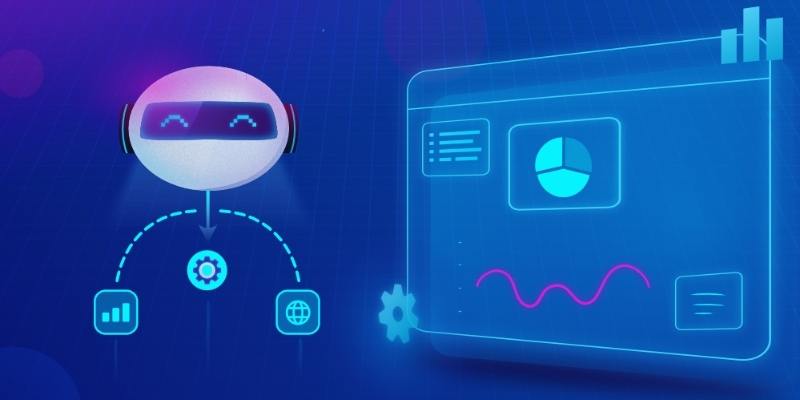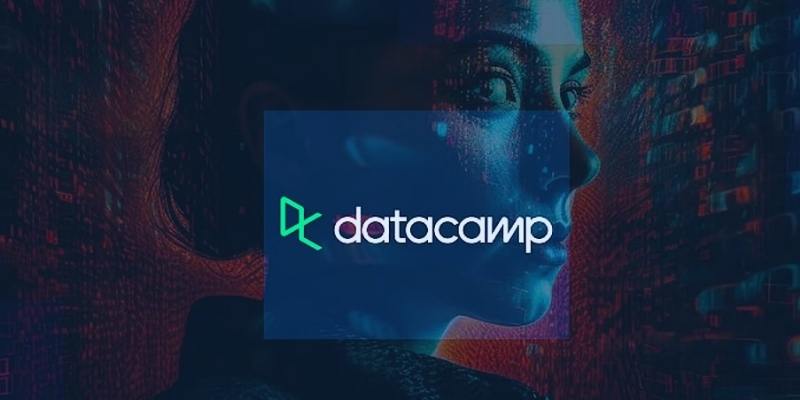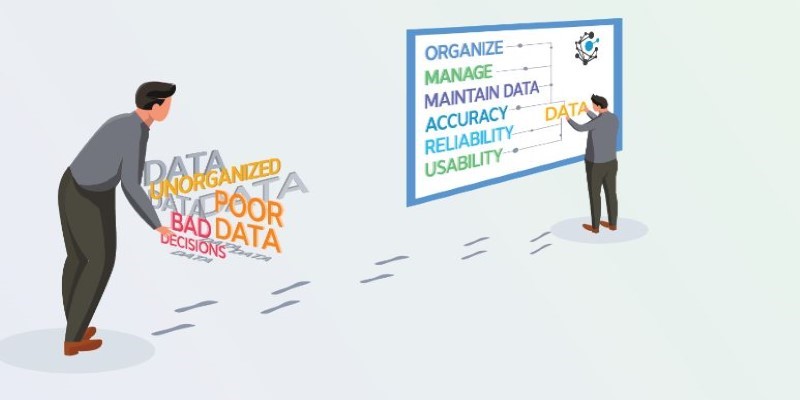In today's fast-paced digital world, communication has taken on a new shape thanks to artificial intelligence. Whether it's seeking information, getting help, or just engaging in conversation, tools powered by AI are increasingly becoming our go-to assistants. Among these technological marvels, ChatGPT stands out as a powerful conversational AI model capable of generating human-like text responses based on the input it receives.
But what exactly is ChatGPT? How does it work, and why has it become so significant in recent years? This article aims to provide a comprehensive yet simplified look at ChatGPT, helping you understand its inner workings, its practical applications, and its overall impact on our digital lives.
Understanding What ChatGPT Is?
ChatGPT is an advanced form of conversational AI developed at OpenAI. At its foundation, it takes the form of the machine learning model known as GPT, with GPT abbreviated to the Generative Pre-trained Transformer. It's designed to have the capability for generating text that closely mimics human conversation when predicting the following word or words based on their context. Understanding and responding is what has transformed ChatGPT into a powerful tool in this field of research.
In contrast to traditional chatbot systems based on pre-computed responses, ChatGPT uses deep learning techniques to interpret complex language patterns. It is trained on extensive datasets that cover a wide variety of written texts, which enables it to deliver meaningful and contextually relevant answers. From simple questions to composing essays or code for users, its capabilities are immense, making it a versatile tool in various domains.
Another very important feature of ChatGPT is its versatility. It can handle topics from a wide variety of subjects, switch between formal and informal tones, and even replicate specific writing styles when requested. This flexibility arises from its solid training process that deals with the immense amount of human-written content. However, one must note that despite its superior capabilities, ChatGPT doesn't “understand” language the way humans do- it generates responses based on the patterns it's learned.
How ChatGPT Works: The Mechanics Behind the Magic?
The magic behind ChatGPT lies in its architecture and training process. The GPT model is built on a type of neural network known as a transformer. Transformers are particularly effective at handling sequential data, such as text, by paying attention to the context of each word within a sentence. This contextual understanding allows ChatGPT to generate coherent and contextually accurate responses.

The training process involves two main phases: pre-training and fine-tuning. During pre-training, the model is exposed to a massive dataset containing text from books, articles, websites, and more. The objective at this stage is for the model to learn general language patterns, grammar rules, and word associations. Once pre-training is complete, fine-tuning takes place, where the model is further refined using specific data and instructions to improve its performance in conversation.
When a user interacts with ChatGPT, the model analyzes the input, determines the context, and predicts the most likely continuation or response. For instance, if you ask, “What is ChatGPT?” the model searches its learned patterns to generate an answer that explains its function and purpose. The more detailed the input, the more accurate and contextually appropriate the response tends to be.
What Makes ChatGPT Unique Compared to Other AI Tools
What sets ChatGPT apart from many other AI-driven tools is its ability to engage in fluid, dynamic conversations. Most traditional AI systems are designed for specific tasks with limited flexibility. However, ChatGPT is trained to handle an open-ended variety of topics and contexts, making it more versatile and adaptable.
Another aspect that makes ChatGPT unique is its accessibility. Unlike earlier AI models that required specialized knowledge to operate, ChatGPT is designed to be user-friendly. Anyone with an internet connection can interact with it, making advanced conversational AI available to a broader audience. This ease of use has contributed to its widespread adoption in both professional and personal settings.
Moreover, ChatGPT’s fine-tuning capabilities allow users to guide its behavior, ensuring that it meets specific requirements, whether for formal communication or light-hearted interactions. This flexibility in style and tone makes it stand out as a tool that can be tailored to various needs.
Real-World Applications of ChatGPT
ChatGPT has found numerous applications across various fields, revolutionizing how we interact with technology. One of its primary uses is customer support. Many businesses now use AI-driven chatbots powered by models like ChatGPT to handle customer queries. These chatbots can provide instant responses, improving the overall user experience while reducing the need for human agents to handle routine inquiries.

Another area where ChatGPT shines is content creation. Writers, marketers, and bloggers often use it to generate ideas, draft articles, or even refine their work. Its ability to quickly generate large volumes of text makes it an invaluable tool for professionals looking to streamline their writing process. Similarly, educators and students benefit from ChatGPT by using it as a learning aid, whether for research or as a tool to practice conversational skills in different languages.
Developers, too, have found ChatGPT useful in coding assistance. From debugging code to providing suggestions on how to implement specific features, ChatGPT can help reduce development time by offering immediate guidance. Additionally, creative professionals use it to brainstorm ideas, generate dialogues, or draft outlines for stories.
Moreover, ChatGPT has significant potential for personal use. Whether it's drafting emails, offering advice, or simply having a light-hearted chat, it serves as a personal assistant that’s available anytime. Its ability to handle a broad range of topics makes it a reliable companion for everyday tasks.
Conclusion
As AI continues to evolve, ChatGPT stands at the forefront, transforming how we communicate and access information. Its ability to engage in natural, dynamic conversations makes it a valuable tool for both personal and professional use. While not without limitations, ChatGPT represents a significant leap in conversational AI, offering countless real-world applications. As advancements refine its capabilities further, ChatGPT’s role in digital communication will only grow, bridging the gap between human interaction and machine intelligence in an ever-connected world.




